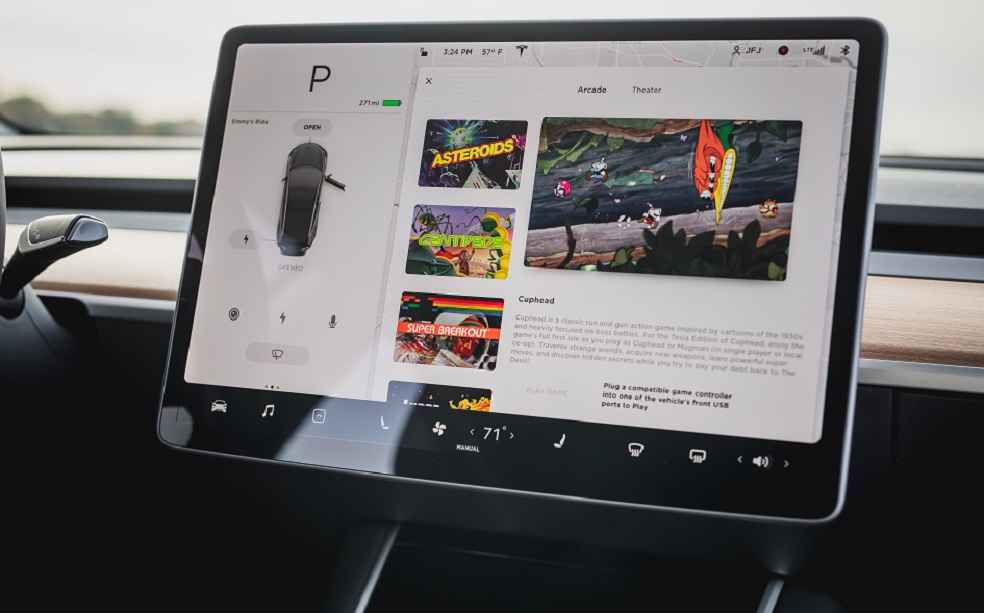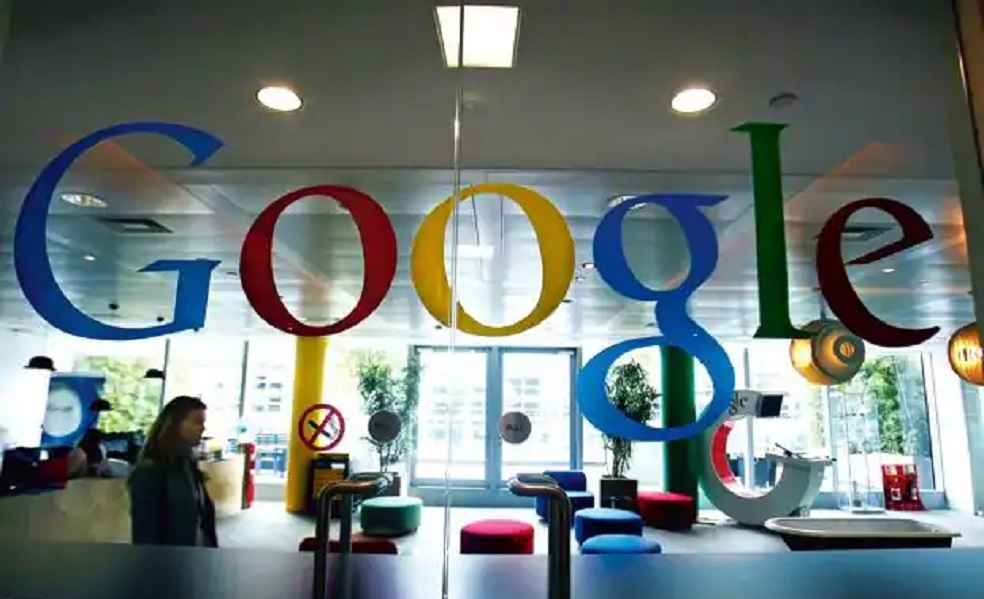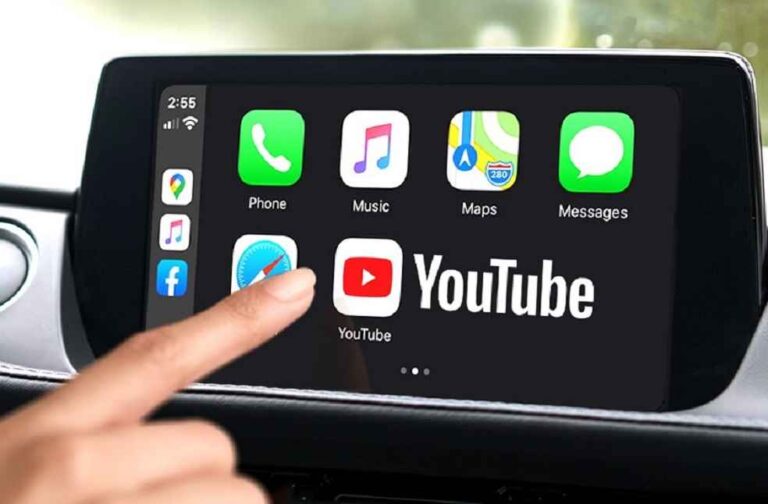As cars continue to evolve into digital hubs, Google is leading the charge by bringing popular apps like YouTube, Waze, and Zoom natively to Android-equipped vehicles. This transformative step was announced by Google recently, adding a new dimension to the in-car experience.
The internet giant had teased the ability to watch YouTube videos in parked vehicles last year. Now, the feature is set to be rolled out in the coming weeks, starting with Volvo and Polestar. The move will extend to other automakers soon, redefining infotainment for Android users.
This feature, however, will be exclusive to vehicles with Google built-in, described as cars with Android’s operating system natively embedded. These cars can access Android apps directly from the infotainment screen and receive over-the-air (OTA) software updates.

Currently, the automakers releasing cars with native Android operating systems include Volvo, Chevy, GMC, Cadillac, Renault, Honda, and Polestar. Ford is also planning to introduce vehicles with a re-skinned version of its Sync operating system running on top of Google’s native Android software.
Besides YouTube, in-car video conferencing tools like Zoom, Microsoft Teams, and Cisco Webex will be made available, albeit only in audio mode, whether the car is stationary or in motion. As most vehicles today lack in-cabin cameras for video conferencing, this feature is primarily aimed at enhancing the audio conferencing experience.
In an effort to curb driver distraction, Google is taking a serious stance as it introduces these new features. According to Roshan Khan, director of product management at Google, the complexity of managing driver distraction is a high burden, and developers often struggle to navigate the nuances of it.

Waze, Google’s navigation app, is also making its way to cars with Google built-in, a move that will benefit EV owners in particular. Google is also facilitating third-party navigation apps to access car sensor data and the digital gauge cluster.
Google’s shift towards gaming isn’t far behind. Android-equipped cars will now feature more video games via the Google Play Store. Although most automakers have been hesitant about adding video games to their infotainment screens, the popularity of such features in Tesla vehicles suggests a changing trend.
With Americans spending a staggering 70 billion hours behind the wheel in 2019, Google aims to optimize this time by providing more digital interaction opportunities. As Khan notes, with changing demographics and the advent of digital natives, Android is adapting to cater to these evolving preferences, bridging the gap between connectivity and mobility.
TRENDING: Toyota Accelerates Efforts to Meet Growing Chinese Market Demand





